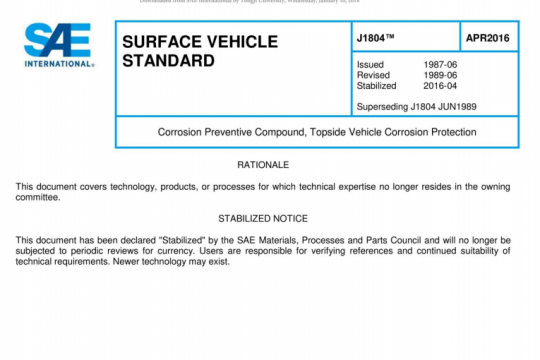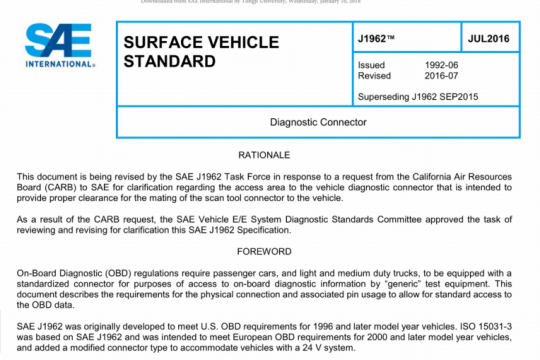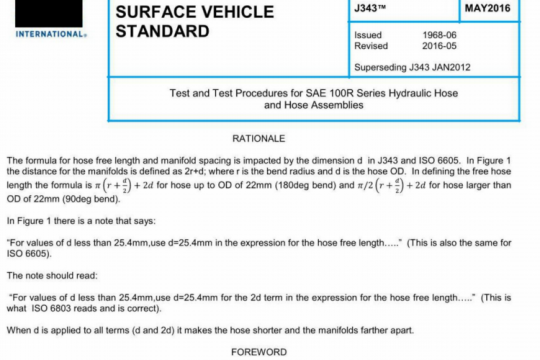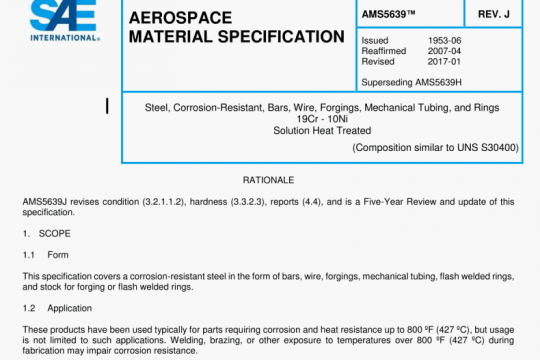SAE AMS 2631E:2017 pdf free
SAE AMS 2631E:2017 pdf free.Ultrasonic Inspection Titanium and Titanium Alloy Bar, Billet and Plate
For both contact and immersion tests with either longitudinal or shear mode, the choice of transducer dimension, style,focusing characteristics, type, etc. is dependent on the test and the approved test procedure. In general, for immersion testing, flat-faced or corrected-beam transducers with diameters 3/8 through 1 inch (9.5 through 25 .4 mm) or rectangular units with a maximum area of 1 square inch (6.5 cm2) are acceptable. Contact units with a maximum area of 1 square inch (6.5 cm2) with 1/2 inch (12.7 mm) minimum to 1-1/8 inch (28.5 mm) maximum dimensions are acceptable for longitudinal testing, while 1 square inch (6.5 cm2) or 1 by 1/2 inch (25.4 by 12.7 mm) transducers are acceptable for shear testing. Use of a paint brush, liquid delay, special size, or other special transducer is acceptable when agreed upon by purchaser and inspection source.
Acoustic compatibility between the reference standard material and the material to be tested shall be within 12 dB.If the acoustic compatibility differences are less than 12 dB, the instrument sensitivity shall be increased to compensate for the differences in acoustic compatibility. If the acoustic compatibility differences are greater than 12 dB, a different reference standard shall be used. Variations in acoustic response in the material to be tested may exist due to the nature of titanium structure, particularly in large diameter bars and relatively high thickness rectangles. Due to this variation, measurement of acoustic compatibility may be performed as necessary on individual pieces within a lot of material, or sections of those pieces, and instrument sensitivity increased in accordance with those measurements.
For longitudinal wave standardization, the reference standard reflectors shall be flat- bottom holes. The distance from the entry face of the ultrasonic beam to the bottoms of the reference standard FBH’s (test metal distance) are recommended as follows in Tables 2, 3 and 4, based on the material contour and section thickness “T”. Alternate reference standard FBHs may be used as long as alternate FBHs for the shortest test metal distance FBH are not longer than specified herein and alternate FBHs for the longest test metal distance FBH are not shorter than specified herein.SAE AMS 2631E pdf free download.




